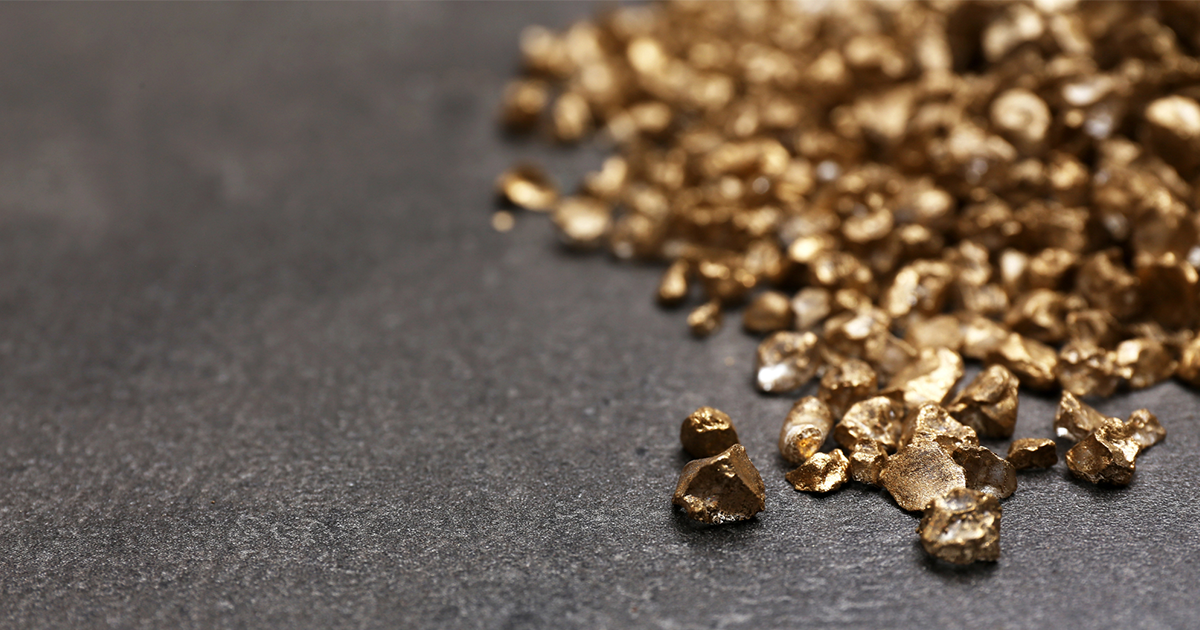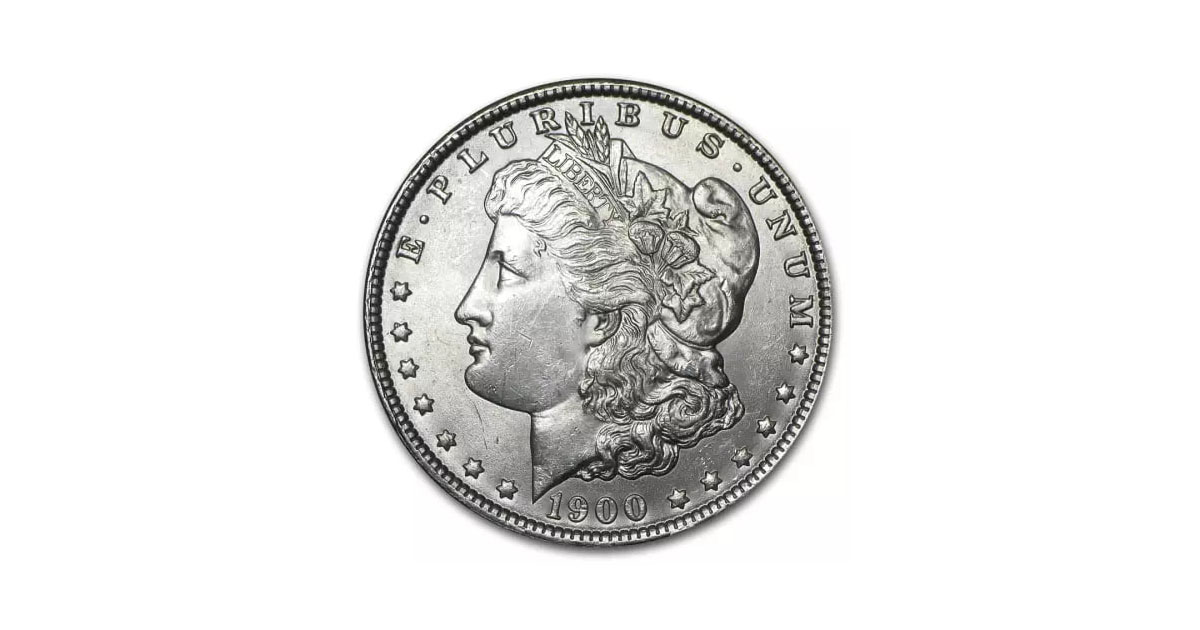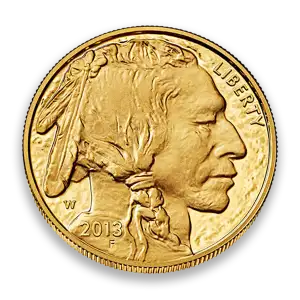
When investing in precious metals, you might notice prices listed per “troy ounce” rather than the familiar ounce used in everyday life. The troy ounce is the globally recognized standard for precious metals measurements, ensuring consistency and fairness in trading across the world. But what exactly is a troy ounce, and why is it the standard for gold, silver, platinum, and palladium? In this guide, we’ll break down the troy weight system, how it differs from the regular ounce, and why understanding it and the importance of accurate measurements is crucial for investors.
Quick List – Precious Metals Typically Measured in Troy Ounces:
History and Definition of the Troy Ounce
The troy ounce has a fascinating legacy that stretches back to the Middle Ages, originating in the bustling trading center of Troyes, France. As commerce in Europe flourished, the troy weight system became the trusted standard for weighing and trading precious metals like gold, silver, and platinum. This system provided a reliable way to measure value, ensuring that coins, bullion, and other valuable metals could be traded fairly across markets.
Historically, the troy system was adopted in England for coinage and became the official standard for gold and silver in 1527. The troy pound, made up of 12 troy ounces, was used to weigh and value precious metals, with one troy pound equaling 373.24172 grams. This consistency was vital for establishing trust in the market and for setting accurate prices for precious metals, which were often used as currency and for investment.
Unlike the more familiar avoirdupois ounce, which is used for everyday items, the troy ounce is slightly heavier—one troy ounce is about 1.09714 avoirdupois ounces. This difference is significant in the precious metal industry, as even small discrepancies in weight can impact the market value and pricing of gold, silver, platinum, and other precious metals. The troy ounce remains the global standard for trading precious metals, ensuring that investors and traders can compare prices and values accurately across different markets and countries.
In modern times, the troy ounce is still the unit of choice for the commodity market, especially when it comes to gold and silver bullion, coins, and other precious metal investments. Institutions like the Royal Mint continue to use the troy ounce to guarantee the weight and purity of their products, providing confidence to investors and collectors alike.
While gold, silver, platinum, and palladium are the primary metals measured in troy ounces due to their rarity and high economic value, other metals like copper are generally not considered precious because of their abundance and tendency to oxidize. However, metals such as palladium, which is essential in catalytic converters, are highly valued for their rarity and industrial uses.
For anyone investing in precious metals, understanding the history and definition of the troy ounce is essential. It not only helps in making informed investment decisions but also ensures that you are accurately assessing the value and pricing of your assets in the global market. The troy ounce remains a cornerstone of the precious metal industry, linking centuries of tradition with the demands of modern trading and investment.
What Is a Troy Ounce?
A troy ounce is a unit of measurement used specifically for precious metals. Precise measurements are crucial in the precious metals industry to ensure consistency and fairness in trading. The troy ounce originated from the medieval French town of Troyes, a major trading hub in Europe.
- Weight: 1 troy ounce is equal to 31.1035 grams
- Comparison: 1 troy ounce, when compared to 1 avoirdupois ounce (regular ounce), is heavier; the avoirdupois ounce is equal to 28.3495 grams
Table – Troy Ounce vs Regular Ounce
| Weight System | Abbreviation | Grams per Ounce | Use Case |
| Troy Ounce | oz t | 31.1035 g | Precious metals |
| Avoirdupois | oz | 28.3495 g | Everyday items (food, shipping, etc.) |
Key Insight: When buying or selling gold, silver, or platinum, always check if the price is per troy ounce. Using the wrong ounce could mislead you about the metal’s actual value.
Why Precious Metals Use Troy Ounces
The troy system provides standardization across global markets. This ensures that:
- Investors compare prices accurately.
- Coins, bars, and bullion have consistent weight and purity standards.
- Trading and historical records remain precise.
Other Troy Weight Units
Besides the troy ounce, there are additional units in the troy weight system:
| Unit | Abbreviation | Equivalent |
| Pennyweight | dwt | 1/20 troy ounce ≈ 1.555 g |
| Grain | gr | 1/480 troy ounce ≈ 0.0648 g |
One pennyweight is a traditional unit used in the troy system, historically significant for measuring precious metals and coinage, and is equivalent to 24 grains. The troy system measures precious metals using these specific weights, which have played a key role in standardizing trade and currency.
Tip: Understanding these weights is crucial for accurate valuation, as some coins and jewelry are measured in pennyweights or grains.
Troy Ounces vs. Grams – What Investors Should Know
Although grams are more intuitive, troy ounces dominate the precious metal market. The metric system, which is widely used internationally, measures mass in grams and kilograms. Here’s why investors stick to troy ounces:
- Historical Precedence: Precious metals have been traded in troy ounces for centuries.
- Market Standard: Major exchanges like COMEX and LBMA price metals in troy ounces.
- Portfolio Tracking: Comparing bullion prices is simpler using the same measurement system.
Quick Conversion Table – Troy Ounce to Grams
| Troy Ounces | Grams |
| 1 oz t | 31.1035 g |
| 5 oz t | 155.5175 g |
| 10 oz t | 311.035 g |
Note: Larger bullion bars, especially outside the US, are sometimes measured in kilograms as part of the metric system.
Conclusion
Understanding the troy ounce is crucial for anyone investing in precious metals. It ensures accurate pricing, proper valuation, and smart investment decisions. Whether you’re buying gold coins, silver bars, or platinum rounds, knowing the difference between troy ounces and regular ounces protects you from costly mistakes.
Ready to invest in gold, silver, or platinum? Visit The Bullion Bank to explore secure, high-quality bullion options priced per troy ounce. Our experts are here to guide you every step of the way.
This content is for informational purposes only and does not constitute financial advice. Please consult a financial advisor before making investment decisions.







